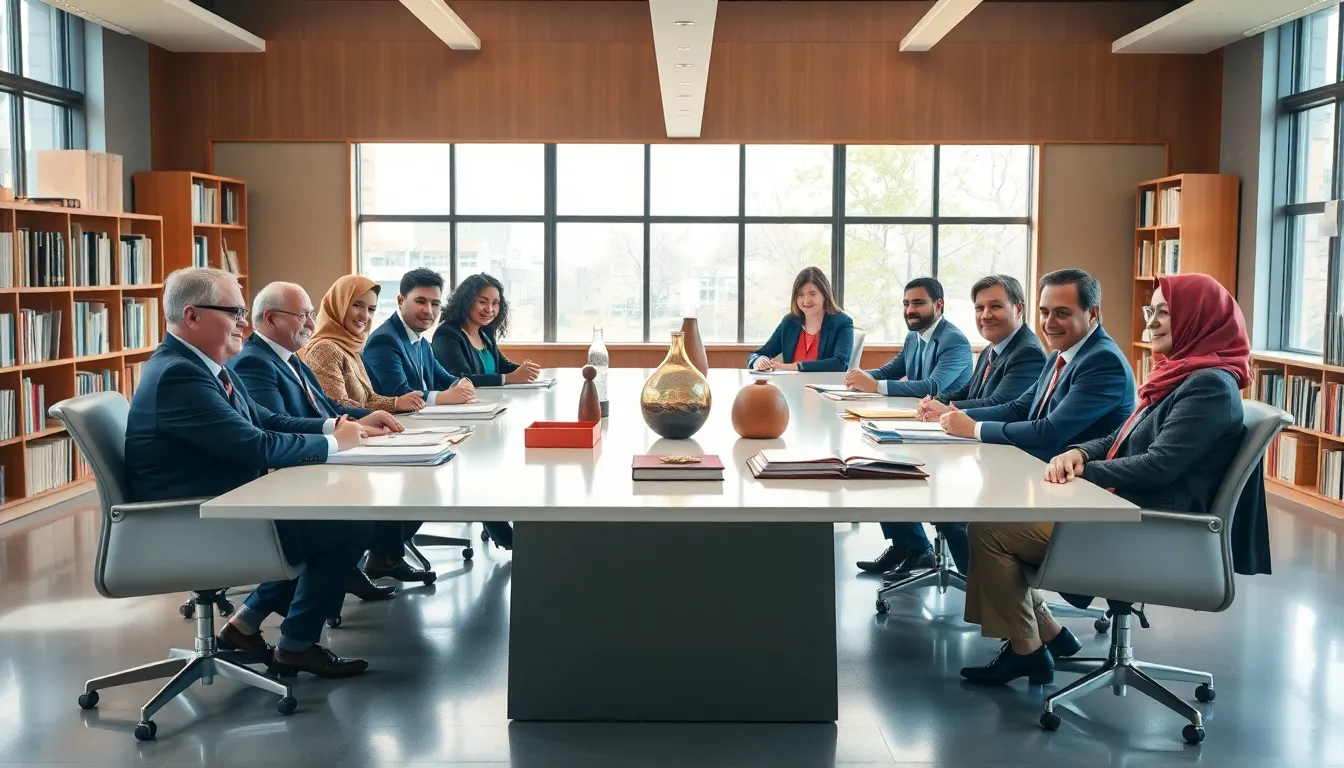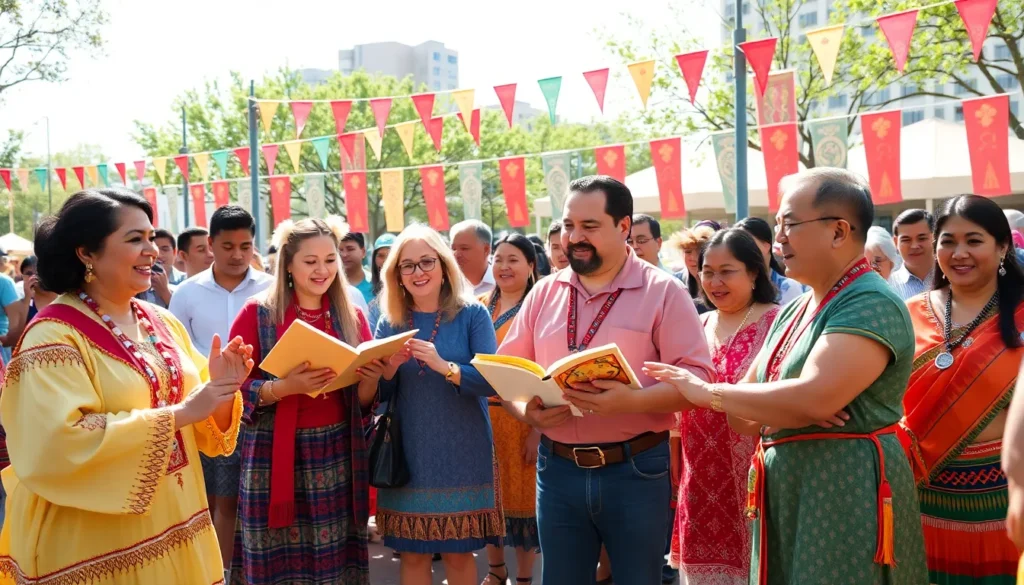Have you ever heard of manthaoilreat? If not, don’t worry: you’re not alone. This term, while sounding like a rare species of exotic plant, holds immense significance in certain cultures and communities. Think of it as the hidden gem of societal traditions, replete with rich histories and vibrant customs. So buckle up, as we jump into the essence of manthaoilreat, where mystery meets meaning and legacy dances with modernity.
manthaoilreat

To truly appreciate manthaoilreat, one must first understand its origins. This intriguing concept, often linked to specific cultural heritages, has roots that trace back centuries. Many scholars believe it originated from ancient practices that emphasized harmony and community. It is said that the very fabric of manthaoilreat is woven from the threads of history, folklore, and the everyday lives of those who cherish it.
Folks argue about its precise beginnings, like any good family story where everyone has their version. But what’s clear is that the term encapsulates a wide array of beliefs and practices across different societies. Some trace it to pre-colonial times, highlighting its deep ties to indigenous philosophies. Others emphasize its adaptability, showcasing how it has evolved with societal changes while retaining core principles that resonate with many even today.
In essence, the origins of manthaoilreat serve as a testament to human creativity and adaptability, an idea that continues to inspire generations.
Cultural Significance and Traditions
Cultural significance runs deep in the veins of manthaoilreat. It’s not just a historical artifact: it’s alive, pulsating with rituals and traditions that have weathered the test of time. Communities that embrace manthaoilreat often celebrate it with festivals, marked by vibrant colors, lively music, and a spirit of unity.
Take, for example, the annual gathering where families and friends come together to share stories of yesteryears. This tradition helps to fortify communal ties, fostering a sense of belonging, each shared tale serves as a reminder that history isn’t just recorded in books, but in the hearts of people.
Also, unique customs related to manthaoilreat vary from one community to another. Some may involve artistic expressions, like dance and music, while others emphasize storytelling as a primary means of passing down knowledge. No matter the form it takes, the underlying theme remains the same: the celebration of life, unity, and heritage.
Practices and Rituals Associated with Manthaoilreat
Delving deeper, the practices and rituals associated with manthaoilreat reveal its multifaceted nature. These rituals aren’t just events: they are intricate dances with time, bridging the past and the present. For instance, certain rituals might coincide with seasonal changes, acknowledging the cycles of nature and the community’s ongoing relationship with it.
Many communities perform rites of passage intertwined with manthaoilreat, marking significant life transitions. These ceremonies often involve family gatherings, where blessings and wisdom are shared, reinforcing the communal fabric. The beauty lies in their diversity: whether through solemn observance or lively celebration, each practice is steeped in meaning.
Interestingly, several rituals have found a way to incorporate modern elements while retaining their core. For example, technology may now play a role in storytelling, with digital mediums allowing stories of manthaoilreat to reach broader audiences. Such adaptations showcase the resilience of these practices in the face of change.
The Impact of Manthaoilreat on Community Dynamics
The impact of manthaoilreat extends far beyond mere tradition: it plays a pivotal role in shaping community dynamics. By reinforcing connections among individuals, it creates a supportive environment where members thrive together. Imagine a scenario where everyone knows your name and your story, sounds comforting, doesn’t it? That’s what manthaoilreat aims to foster.
Communities that embrace this concept often find themselves more resilient in times of crisis. Through collective celebrations and shared experiences, they build networks that provide mutual support. Manthaoilreat essentially acts as glue, uniting varied individuals under a common identity and purpose.
Also, this communal spirit often encourages proactive engagement, residents are more likely to participate in local decision-making processes. So, the influence of manthaoilreat serves as a catalyst for empowerment, allowing voices that might otherwise go unheard to be recognized and valued.
Challenges and Future of Manthaoilreat
While the essence of manthaoilreat remains vibrant, it isn’t without its challenges. Globalization poses a unique threat, as cultural homogenization can dilute rich traditions. Many communities struggle to maintain their identity in an ever-changing world where everything seems readily available at the click of a button. The mantra of ‘adapt or perish’ rings especially true for concepts like manthaoilreat.
Besides, younger generations, engrossed in modern pursuits, may find it challenging to connect with these time-honored practices. The vital task lies in bridging the gap between traditional values and contemporary lifestyles. How does one keep the flame of manthaoilreat alive amid flashy distractions? It calls for innovative approaches, like integrating these traditions into educational systems or utilizing modern platforms for awareness.
The future of manthaoilreat relies on creativity and collaboration. By working together, communities can revitalize these traditions, ensuring they remain relevant, engaging, and meaningful for generations to come.
